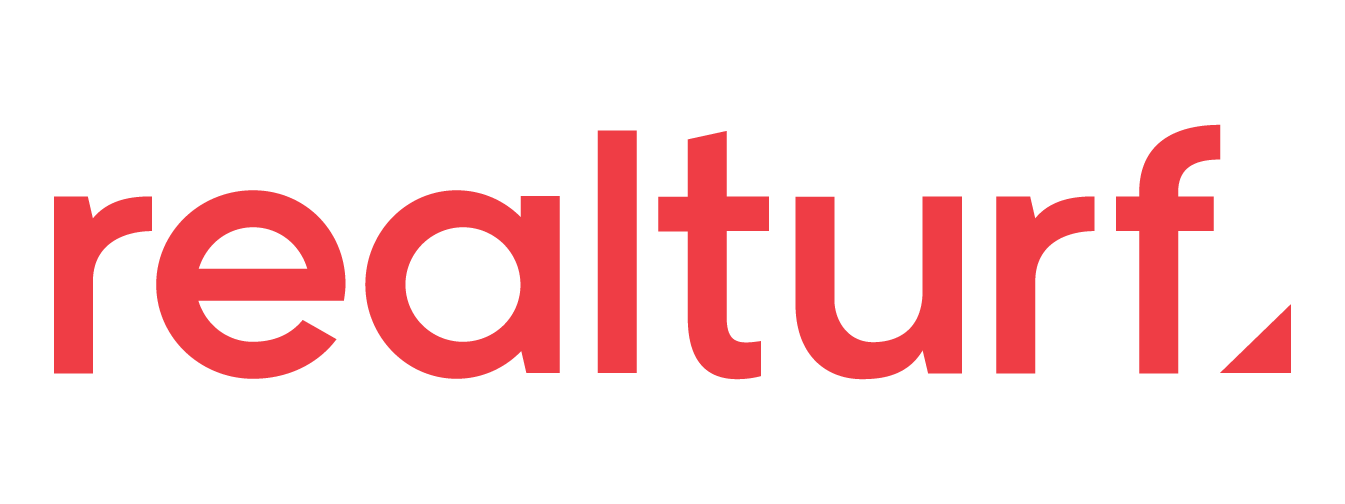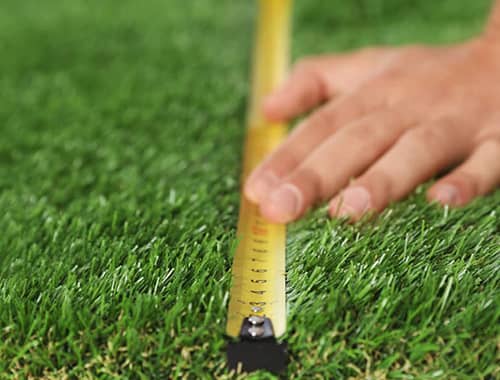How to measure a surface before installing artificial grass
There are many great advantages in installing artificial grass such as its low maintenance and easy installation. The first step before you begin an installation is to measure the surface on which the artificial grass will be installed.
In this article, we give you some tips for measuring a surface and figuring out how many square feet of artificial grass you’ll need to cover the installation.
First of all, it’s important to know that the Realturf artificial grass is sold in rolls of 7.5 or 15 feet wide by 100 feet long.
We also recommend adding 10% more artificial grass when you calculate how many square feet you’ll need. This will make up for any waste generated due to any of the following reasons:
- The artificial grass is always installed in the same direction. There will be times when you won’t be able to use any leftover pieces of artificial grass, so avoid placing them in the opposite direction.
- Any left waste from cutting angled or curved areas of the surface.
- Any imperfections when cutting the artificial grass.
As an example, broadly speaking, if you need 700 square feet of artificial grass, you must add an extra 10% (70 square feet), so the total must be approximately 770 square feet of artificial grass for your installation.
Below, we propose three different sample cases of installations with different shapes, to help you figure out the total square feet you’ll need for your surface:
CASE 1. A square or rectangular surface with right angles and parallel sides:
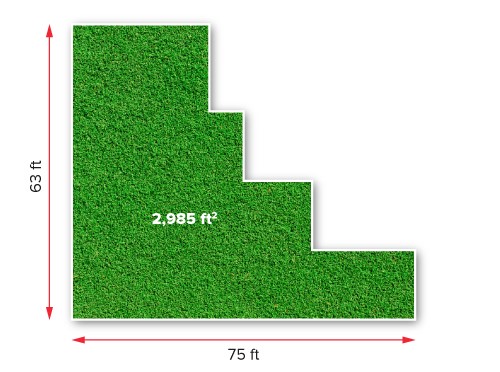
The area of this example is 2,985 square feet. We calculate this by adding 4 imaginary rectangles: (15×75 ft) + (15×50 ft) + (15×38 ft) + (18×30 ft). Therefore, if we add 10% more artificial grass (298 square feet), the amount of grass we would need is approximately 3,283 square feet.
When installing, we can make cuts of 15×75, 15×50, 15×38 and adjust any excess grass to the rest of the surface.
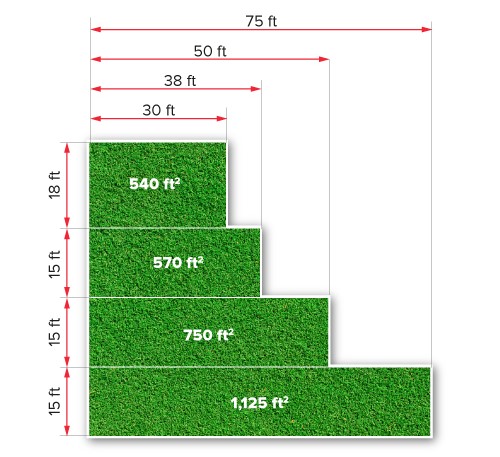
CASE 2. A round shape artificial grass surface:
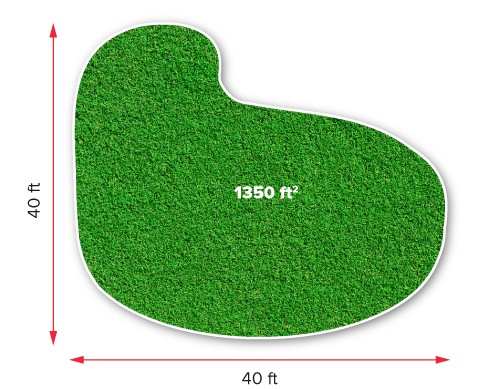
To calculate the square feet that we will need for this installation, first we measure the highest point and the widest point, which is 40×40 feet in the example above.
We would need approximately 1,350 square feet to cover the total area. This includes the 10% extra material, which are round or oval pieces in this case. To calculate this, we make three rectangular cuts of artificial grass: two cuts of 15x40ft. (1,200 square feet) and a cut of 10×15 ft.

CASE 3. A triangular shape artificial grass surface:
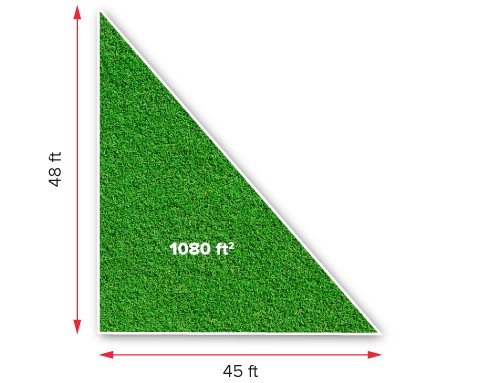
In this example, the total area is 48×45/2, which is 1,080 square feet. A 10% increase would be 108 ft. Therefore, we would need approximately 1,188 square feet for our installation.
With this surface, we will make the following cuts: 15×48 and 15×32, and we would use the leftover pieces of artificial grass to adjust it to the rest of the surface. We must always keep in mind that the fiber must be installed in the same direction.
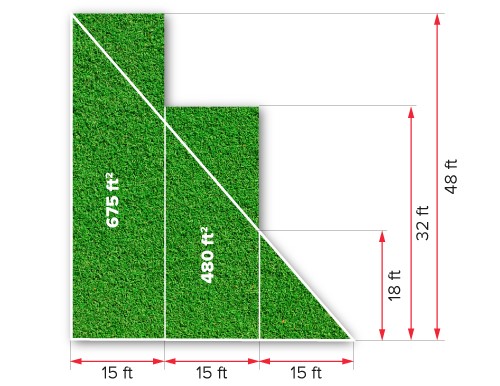
We hope our tips have helped you clear any doubts. As you have seen, calculating the square feet of a surface to install artificial grass is a simple but fundamental process before you start the installation. If you have any doubts or consider that your installation is too complex to do without help, always contact professional installers.
